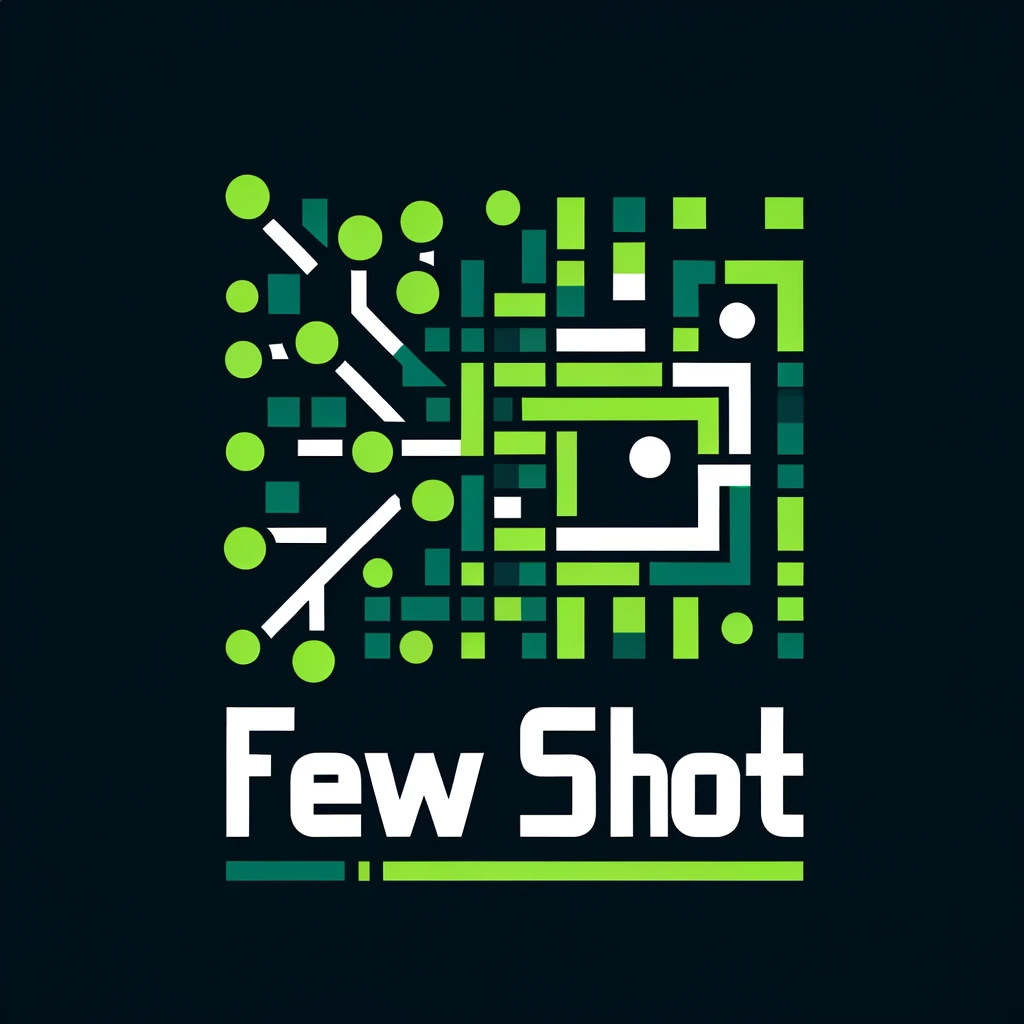Med-Flamingo: a Multimodal Medical Few-shot Learner - Related Works
by
June 19th, 2024
Audio Presented by

Spearheading research, publications, and advancements in few-shot learning, and redefining artificial intelligence.
Story's Credibility

About Author
Spearheading research, publications, and advancements in few-shot learning, and redefining artificial intelligence.